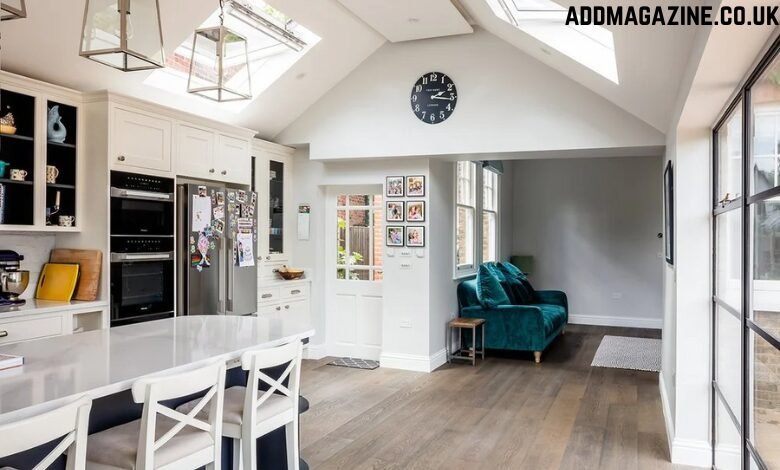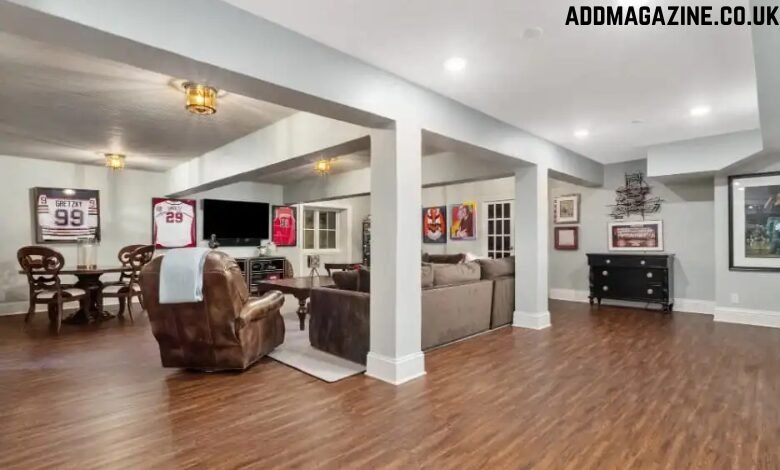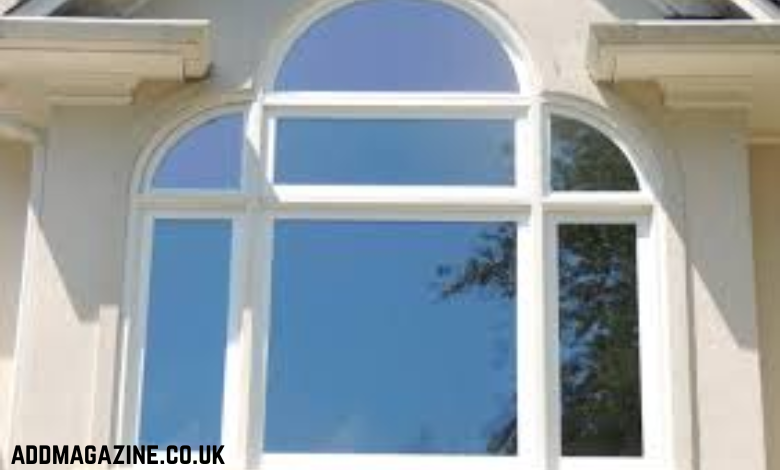In recent years, homeowners and property developers have become increasingly aware of the importance of natural light in interior design. Bright, sun-filled rooms feel larger, more inviting, and more comfortable to live in. One of the most effective ways to introduce more daylight into a home, particularly when dealing with a sloping roof, is through the installation of rooflights. Among the many products available, roof lights for pitched roofs stand out as an excellent choice for both practical and aesthetic improvements. Unlike vertical windows, which rely heavily on wall orientation, pitched rooflights are fitted into the slope of a roof, allowing them to capture daylight directly from above. This ensures maximum exposure to natural light throughout the day and transforms rooms that might otherwise remain dark and enclosed.
Whether you are planning a loft conversion, brightening a stairwell, or enhancing a bathroom with natural light and ventilation, pitched rooflights are a versatile solution. With a growing range of designs, glazing options, and technologies available, it is important to understand what makes one rooflight different from another before making a purchase. This article explores the many aspects of pitched rooflights, from their benefits and types to installation advice, design trends, and buying considerations, offering a comprehensive guide for anyone exploring pitched rooflights for sale.
Understanding Pitched Rooflights
A pitched rooflight is a precisely engineered window designed to be installed on a sloping roof. Unlike flat rooflights, which sit horizontally, these products follow the gradient of the roofline. This angled position is practical, allowing rainwater, snow, and debris to run off naturally, reducing the risk of leaks and dirt build-up. It also ensures that the rooflight remains exposed to the sky for longer periods during the day, maximising daylight within the room.
Modern pitched rooflights are manufactured from durable materials, typically a combination of high-performance glazing and robust frames made from aluminium, timber, or uPVC. Many come with weatherproof flashing kits designed specifically for pitched roofs, ensuring that the installation remains watertight even during severe weather. In addition to durability, today’s rooflights focus heavily on energy efficiency, using double or triple glazing, thermally broken frames, and coatings that reduce heat loss while managing solar gain.
Why Choose Pitched Rooflights?
The benefits of pitched rooflights go far beyond their ability to brighten a room. They can completely transform a space. A previously gloomy loft can become a comfortable bedroom, a dark hallway can feel more open, and a bathroom can benefit from both daylight and improved ventilation.
Energy efficiency is another major advantage. Natural light reduces reliance on artificial lighting during the day, helping to cut electricity bills. At the same time, advanced glazing technology ensures homes remain warm in winter and cool in summer, reducing the need for constant heating or air conditioning. Some rooflights even contribute to passive solar gain, naturally warming interior spaces.
Ventilation is also an important factor. Opening rooflights act as natural exhaust points for warm air, which rises and escapes through the top of a room. This improves airflow, reduces condensation, and creates a healthier indoor environment. This is especially valuable in kitchens, bathrooms, and loft conversions where heat and humidity tend to accumulate.
Finally, pitched rooflights add distinctive visual appeal. Their placement within the roofline creates dynamic patterns of light and shadow throughout the day, while their sleek design and large glass surfaces lend a contemporary, open feel to interiors. For homeowners looking to combine beauty and function, Skylights Roof Lanterns offer elegant designs that blend seamlessly with both traditional and modern homes.
Types of Pitched Rooflights
When exploring pitched rooflights for sale, you will find a wide range of styles, each serving a particular purpose. Fixed rooflights are among the simplest, designed purely to let in light without opening. These are ideal for spaces where ventilation is not needed, such as stairwells or corridors.
For areas that require airflow, opening rooflights are a better choice. They can be operated manually with a handle or pole, or electronically via remote control. Some advanced models can even connect to smart home systems, opening and closing automatically in response to weather conditions.
Tubular rooflights, or sun tunnels, are perfect for areas where space is limited. They capture daylight through a small dome on the roof and channel it through a reflective tube into the interior, making them ideal for narrow hallways or small bathrooms.
Roof windows form another key category. Larger than most rooflights, they are designed not just to let in light but also to provide views or access to the roof. They are particularly popular in loft conversions where they can transform attics into bright, usable rooms. For bespoke projects, many suppliers can create custom-made rooflights to suit specific dimensions and glazing requirements.
Factors to Consider Before Buying
Selecting the right pitched rooflight involves several considerations. The pitch of your roof is crucial, as most rooflights are designed for slopes between 15 and 75 degrees. Orientation also plays a role. South-facing rooflights bring in the most light but can cause overheating in summer, while north-facing ones provide softer, more consistent illumination year-round.
Glazing options should also be assessed carefully. Standard double glazing is common, but higher-end models feature triple glazing, laminated safety glass, and Low-E coatings. Some even include self-cleaning glass to reduce maintenance.
The size and placement of the rooflight affect both aesthetics and function. As a general rule, rooflights should make up between five and ten percent of the room’s floor area. Avoid positioning them near chimneys, roof valleys, or vents that could obstruct light or water drainage.
Always check building regulations and consider long-term maintenance. While most installations fall under permitted development, homes in conservation areas may need approval. Regular cleaning and inspection are essential for long-term performance.
Installation and Maintenance
Installing pitched rooflights is a technical job best left to professionals. The process begins with measuring and marking the opening, followed by cutting into the roof structure. The frame is then secured, flashing installed, and insulation applied around the perimeter to ensure energy efficiency. For electric models, wiring may be added, and smart system integration can be arranged at the same time.
Once installed, rooflights should be maintained regularly. Clean the glass at least twice a year, check seals and frames for wear, and keep gutters clear to prevent water build-up. Moving parts and hinges should be lubricated as needed. Proper care helps ensure that your Skylights Roof Lanterns or other high-quality rooflights remain effective and attractive for many years.
Price Ranges and Buying Options
Prices for pitched rooflights vary depending on size, materials, and features. Small fixed models can start from a few hundred pounds, while larger or opening designs typically range between £800 and £2,000. Bespoke or electric options can cost several thousand pounds. Specialist suppliers and online retailers offer extensive selections, often with professional advice and long warranties.
Design Trends in 2025
As home design evolves, pitched rooflights are increasingly viewed as architectural highlights rather than simple functional additions. Frameless designs that create an uninterrupted glass surface are particularly popular. Smart technology continues to grow in demand, with many homeowners opting for automated or app-controlled systems. Sustainable options are also on the rise, including energy-efficient glazing and responsibly sourced timber frames.
Conclusion
The market for pitched rooflights for sale offers something for every style and budget. From simple fixed units to advanced electric options, they enhance both the appearance and performance of a home. With thoughtful selection, correct installation, and regular care, a pitched rooflight can transform even the darkest space into a bright, comfortable environment filled with natural light.




